Moving a bed doesn’t have to be stressful, even if it feels like a big task. Let’s say you’re about to move into a new home, and your bed is one of the most important things you need to transport safely. But if you don’t know how to wrap it the right way, it could end up damaged.
Don’t worry! In this guide, we’ll show you how to wrap a bed for moving like a pro, step by step. You’ll learn the simple tricks to keep your mattress and frame safe from scratches, dirt, or even breaks during the move.
Ready? Let’s check those tips out and make sure your bed arrives in perfect condition!
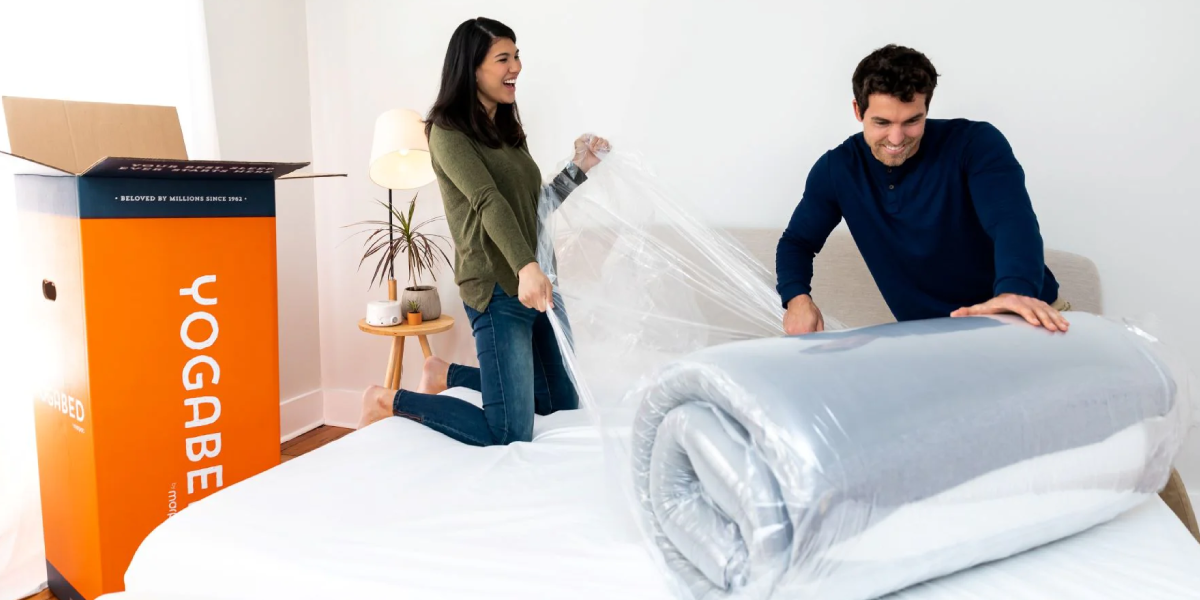
Before we start wrapping, let’s talk about why it matters.
Wrapping a bed is important because it keeps your bed safe during the move. It protects it from dirt and dust, stops tears and scratches, and prevents water damage. Wrapping also helps avoid bending or breaking, especially for wooden or metal frames.
Plus, it makes handling easier and keeps everything neat. Basically, wrapping properly saves you time when unpacking and setting up your bed in your new home.
Here’s a list of items you’ll need for wrapping your bed:
Let’s follow the below steps so that you can move your bed perfectly without causing any damage.
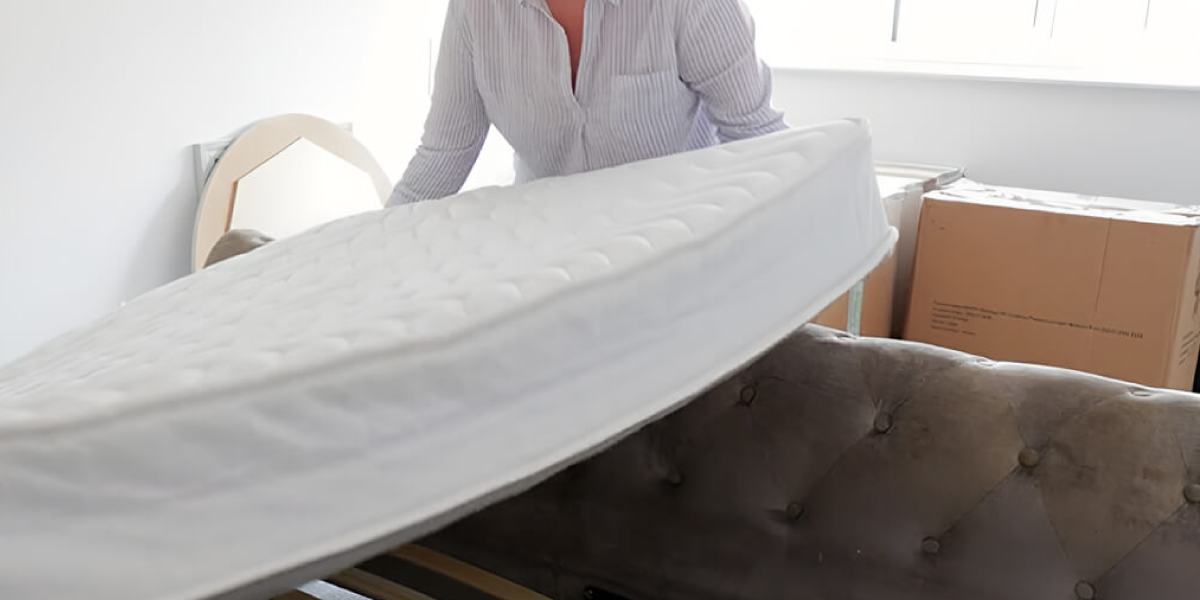
Before wrapping anything, get your bed ready:
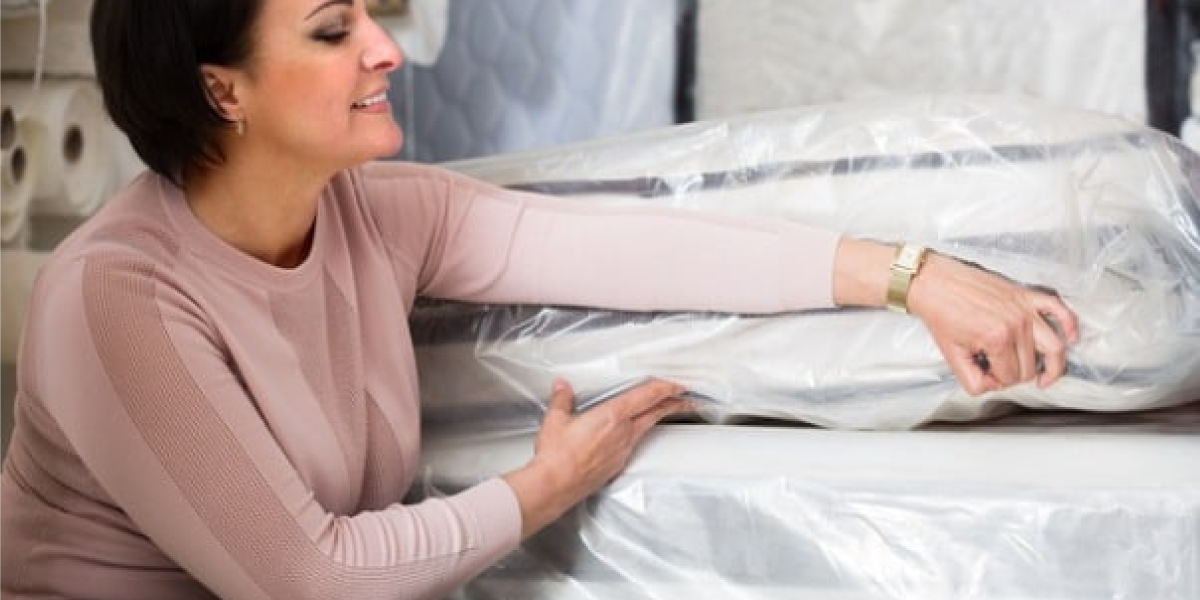
The mattress is often the hardest part of the bed to wrap, but it’s simple once you know how.
Important: Be careful not to wrap too tightly, as this can damage memory foam mattresses. Leave a little room for air.
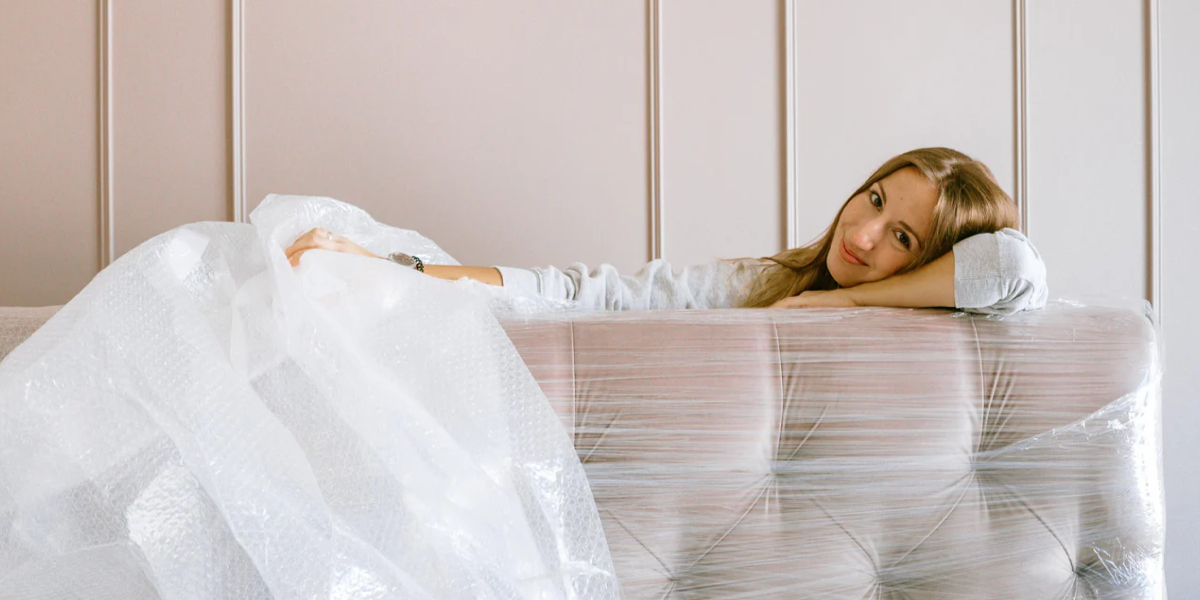
Now let’s focus on the bed frame. If it’s a metal or wooden frame, protect it from scratches and dents.
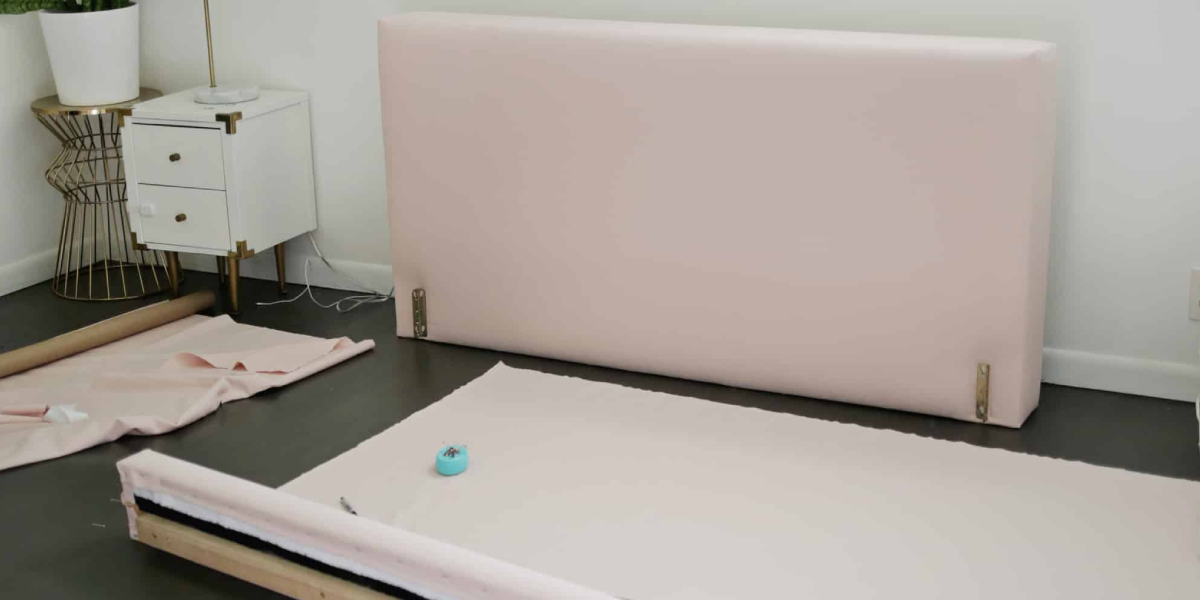
Some bed parts, like the slats or headboard, can be fragile. These need extra protection.
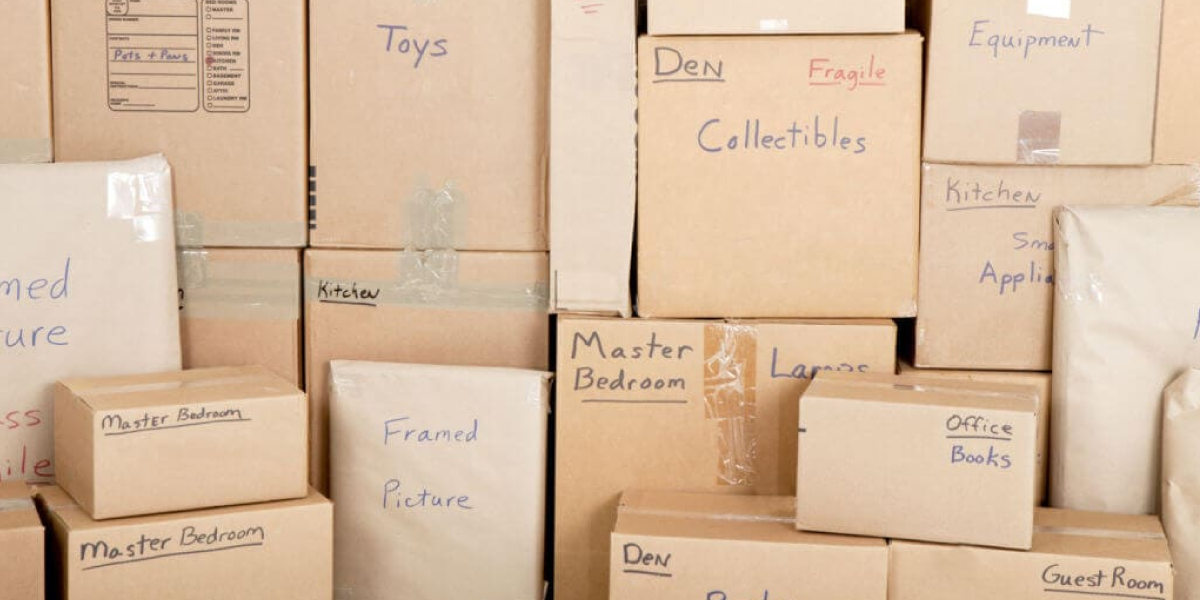
After wrapping, label the parts of the bed. You can write on the plastic wrap or attach a tag to the moving blanket. This will help you unpack quickly and easily later on.
Once everything is wrapped:
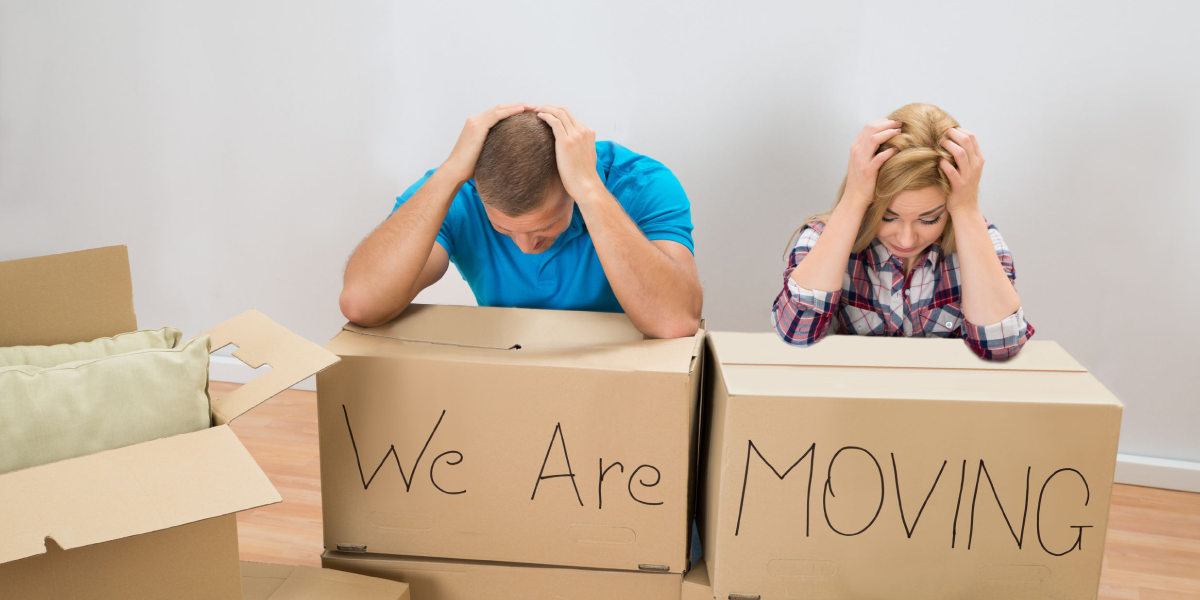
Wrapping a bed might seem simple, but there are a few mistakes you should avoid.
First, don’t over-wrap with tape. Too much tape can damage the bed’s surface. Just use enough to hold the wrapping in place. Next, don’t skip delicate parts like the bed slats or edges. They can easily get scratched or bent.
Lastly, remember to label everything! If you forget, it will take longer to unpack and set up your bed in your new home.
Besides, do you want to learn how to wrap furniture for moving? If so, then, you can check out this informative blog now!
Not all beds are the same. Here’s what you can do for some special types:
Sometimes, it’s a good idea to get professional movers to help. If the bed frame is too heavy to move alone, movers have the strength and tools to handle it. For long-distance moves, they make sure your bed is wrapped safely to avoid damage.
If you’re short on time or don’t have the right tools, movers have everything you need. They know how to wrap and secure your furniture properly. With the right tools like dollies, stretch film, and blankets, they protect your bed.
Plus, they’ll handle all the heavy lifting, so you don’t have to worry about injury or breaking your bed during the move.
Let’s introduce you to Easy Way Removal’s professional Removal Service. Here, we handle everything when it’s time to move your bed! We help with wrapping, taking apart the frame, and safely transporting your bed. Our expert movers and the right tools make the process simple and stress-free.
If you’re worried about moving your bed, hiring professionals is the best choice. We do all the heavy lifting so your bed stays safe and in one piece.
We also provide all the moving supplies you need! From protective blankets and stretch film to packing tape—we have everything to keep your bed safe during the move.
Also, are you interested in learning how to pack your whole house for moving with Easy Way Removals? Then, you can visit this blog!
Once your bed is wrapped, here’s how to move it safely:
So, hopefully, now you have a pretty good idea of how to wrap a bed for moving. Wrapping your bed the right way is really important for a smooth move. It keeps your bed safe from scratches, dirt, and damage.
If you’re unsure, it’s okay to get professional help – they’ll make it way easier and faster. Just remember, with the right tools and a little care, you’ll save yourself time and avoid stress when setting up your bed in your new place
Need a checklist for a smooth home move? Check out this detailed blog with all the essential tips to make your move easy!
Old sheets can work as a protective layer, but it’s better to use professional moving blankets or bubble wrap for extra protection.
Make sure the bed is completely covered and secured with tape or stretch film. There should be no exposed areas that could get damaged.
If the bed is too large to wrap by yourself, consider getting professional movers who can handle large items safely and efficiently.
Both materials can work, but fabric (like moving blankets) is gentler on the bed, while plastic (like stretch film) offers better protection against moisture.
While it’s possible to move a bed without wrapping, it’s not recommended. Wrapping provides extra protection to keep your bed safe during the move.




